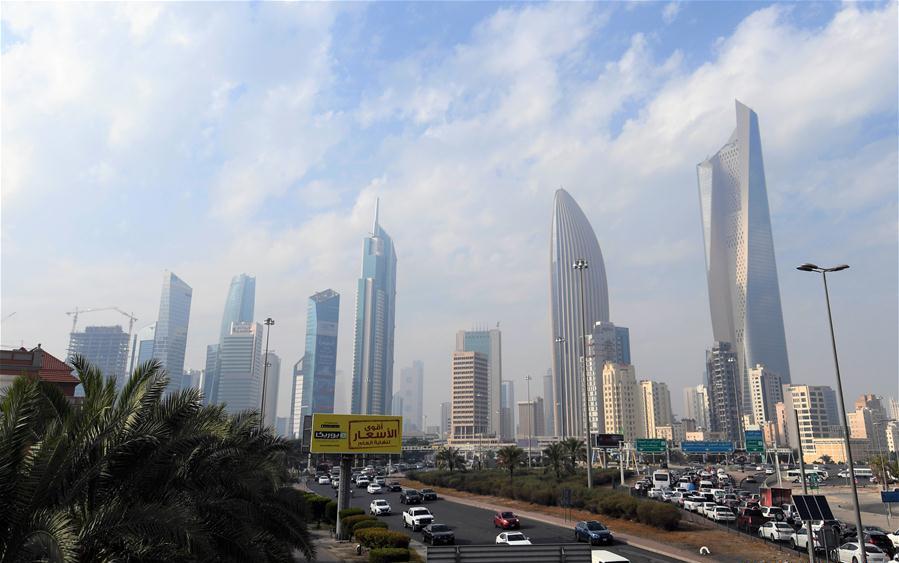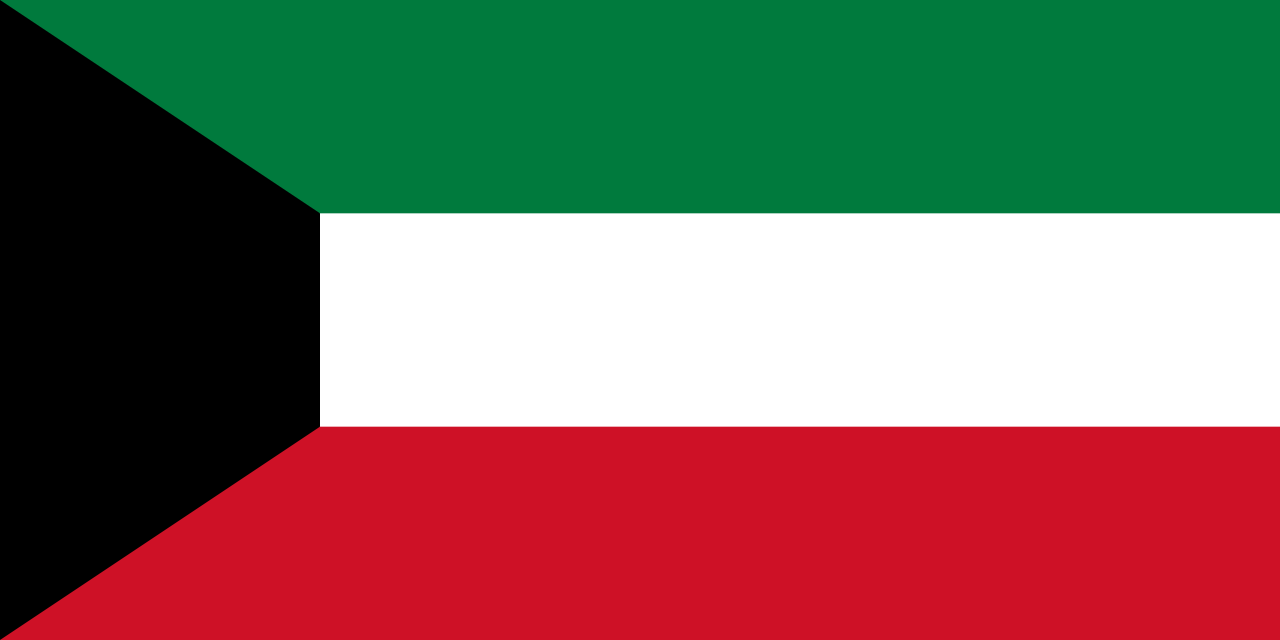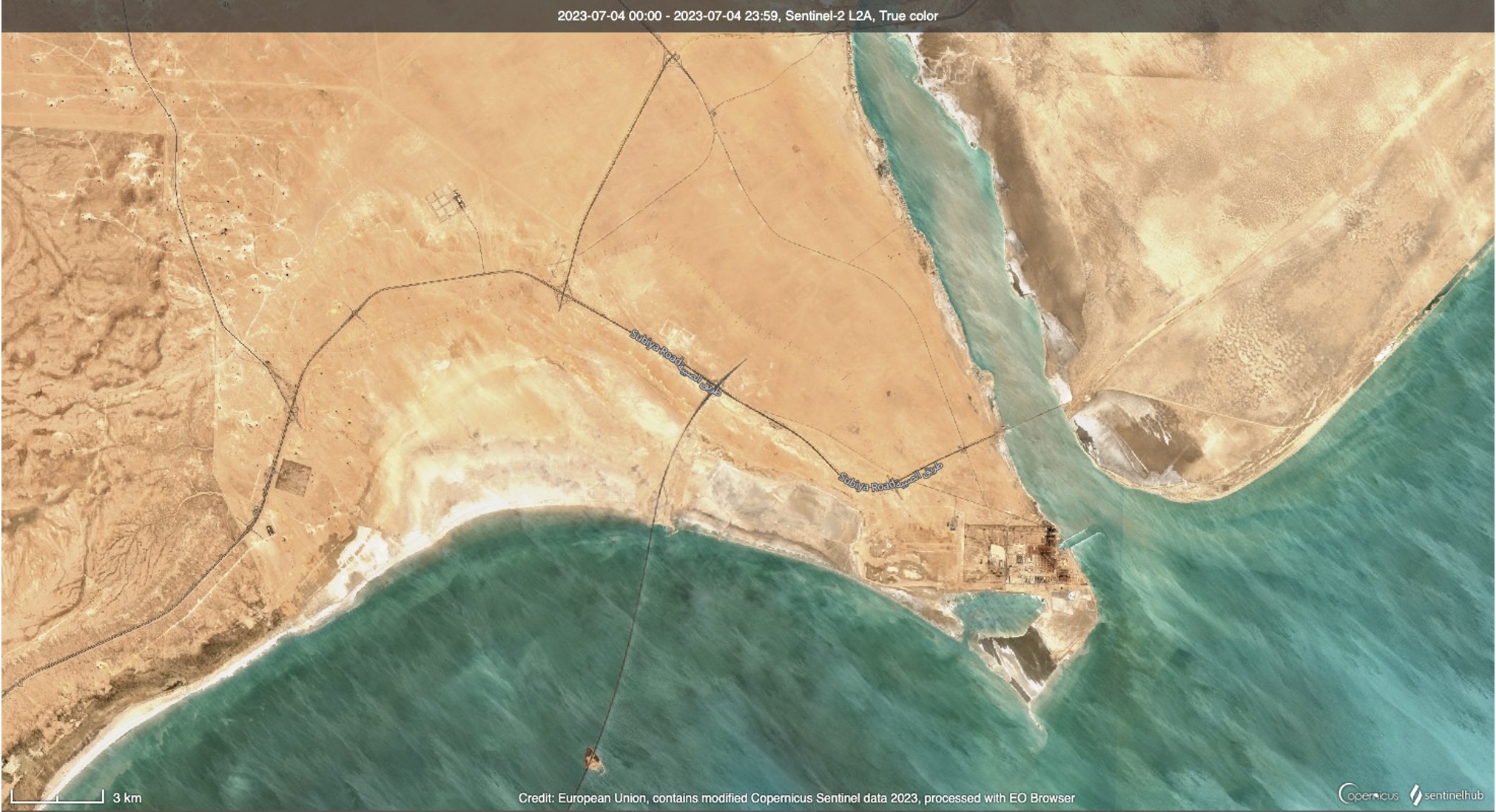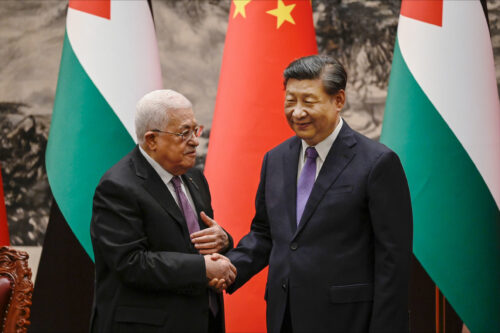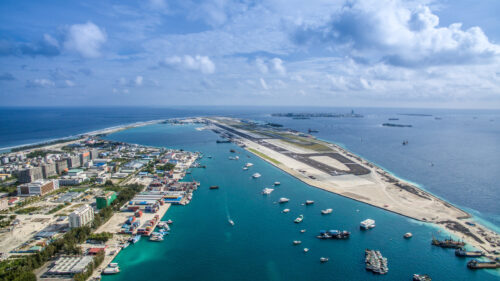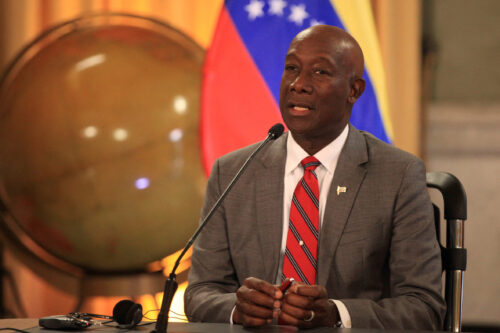Our weekly explainer series, China Ties, looks at China’s relationship with different countries of the world.
Bordering Iraq and Saudi Arabia at the head of the Persian Gulf, tiny Kuwait punches well above its weight. It’s always been wealthy, born out of the ancient trade routes of the Middle East and the Indian Ocean, built on the profits of its hefty oil reserves. By the 2010s, it was the only country in the Global South lending to China, instead of vice versa.
Kuwait was the first of the Gulf states to recognize the P.R.C. in 1971 — China eager to prevent the U.S.S.R. from filling the power gap left in the Middle East by the crumbling British Empire, and Kuwait seeing a more powerful ally in the P.R.C. than Taiwan. It was also the first Gulf state to sign a military cooperation deal with the country (in 1995), and has always been supportive — against Western sanctions over Tiananmen, for Hong Kong’s National Security Law in 2019, and for China’s policies in Xinjiang.
Things started to heat up between the two back in the 1980s, when both countries were in need of allies. Kuwait was rich thanks to its oil reserves, and keen to lend. Since 1982, nearly $1 billion has been issued from the Kuwait Fund for Arab Economic Development to finance provincial infrastructure projects, usually in poorer or less-developed provinces like Ningxia and Guizhou. As recently as 2021, it gave $30 million for building a college in Zhengzhou, Henan.
The Gulf War was an awkward hiccup, with China voting with every UN resolution against Iraq but abstaining from a vote to put foreign troops on the ground (as per its non-interference policy). The two signed their security pact after the war (as Kuwait did with all permanent members of the UN security council), Kuwait buying $186 million worth of Chinese arms. This may have been Kuwait protecting itself, but Middle East expert Mahmoud Ghafouri notes a senior Kuwaiti official claiming China had threatened to vote against continuing sanctions against Iraq in 1997 if Kuwait did not agree to the arms deal.
State of Kuwait
Founded: June 19, 1961
Population: 4.3 million
Government: Constitutional Monarchy
Capital: Kuwait City
Largest City: Kuwait City
Established relations with the P.R.C.: March 22, 1971
Kuwait has been buying Chinese. The Kuwait Investment Authority (KIA), one of the most powerful sovereign wealth funds in the world, bought a $720 million stake in Chinese banking giant ICBC in 2006. By 2011, it had some $5.6 billion invested in Chinese companies, including the Agricultural Bank of China and CITIC Securities. (KIA’s current portfolio is hard to gauge, but no longer seems to include Chinese holdings.)
Oil still flows out of Kuwait. It’s China’s primary import from the state, a commodity so valuable China is usually left in a trade deficit: Despite China being Kuwait’s biggest importer, that did nothing to plug a $21.5 billion gap between the goods imported and the oil Kuwait exported in 2022.
The BRI, meanwhile, is meant to provide for one of Kuwait’s dream projects. Like most Gulf states, Kuwait knows it can’t rely on its oil forever. The $130 billion “Silk City” complex, across the bay from Kuwait City, is designed to turn the country into an international business hub. Plans include a container port, financial center, airport, and the 1 kilometer-tall Burj Mubarak al-Kabir. In 2019, representatives from China’s National Development and Reform Commission (who plan the national economy) visited Kuwait for talks on investing in the project, and Chinese construction companies were considered likely to get involved. Huawei and Alibaba have also gotten in on the act, providing cloud services and telecoms for Kuwait.
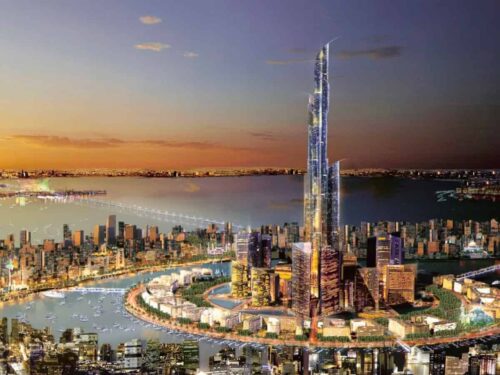
But things seem to have stagnated since the pandemic. Local news in 2022 reported that funds hadn’t been distributed for the year, leaving projects abandoned. Reuters reports worrying vagueness from officials as to where the money for the project is to come from.
From the sky, there appears to have been no progress since 2019, the roads completed that year disappearing into the lone and level sands where Silk City should be:
Silk City is meant to be ready by 2035, so perhaps a delay in construction isn’t a concern. But it’s unclear what’s going on with the promised Chinese financing. Perhaps Kuwait is willing to sign for Chinese loans and business, but a contracting domestic economy makes Chinese institutions wary of cutting new deals. Or maybe Kuwait is reluctant to take out Chinese loans after so many nations have now begun defaulting on them.
